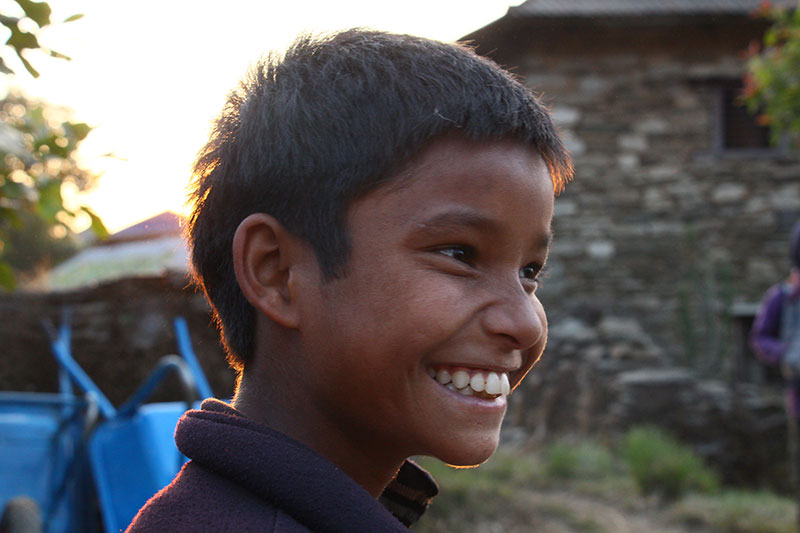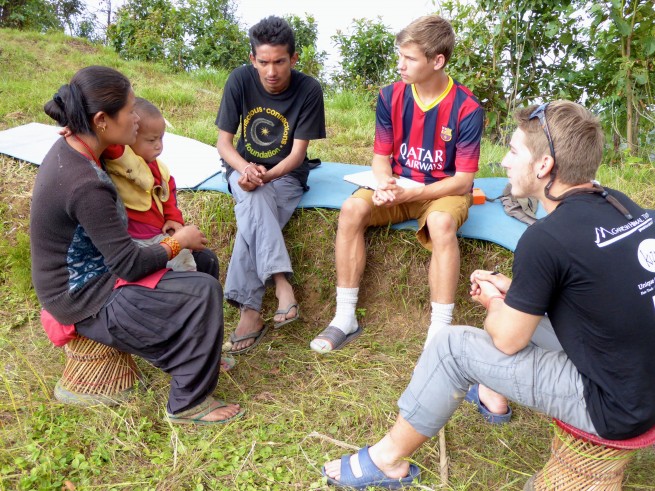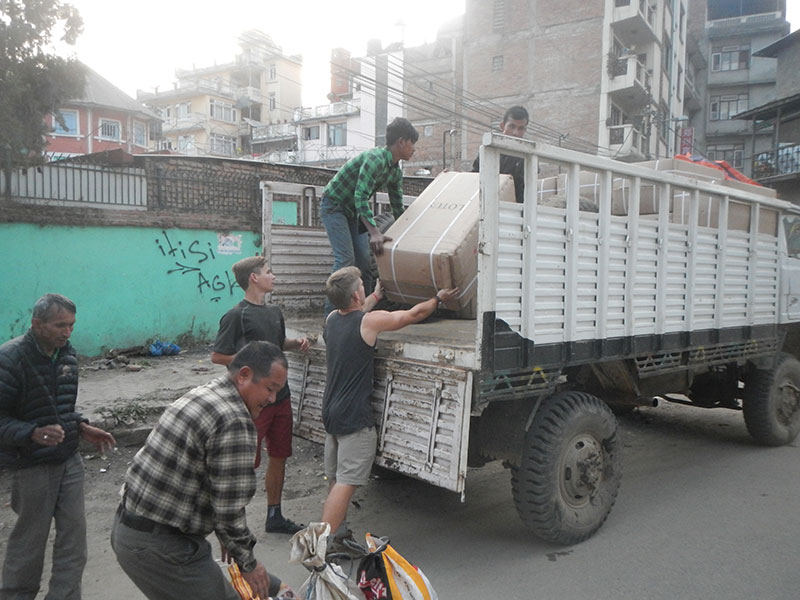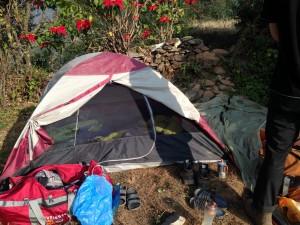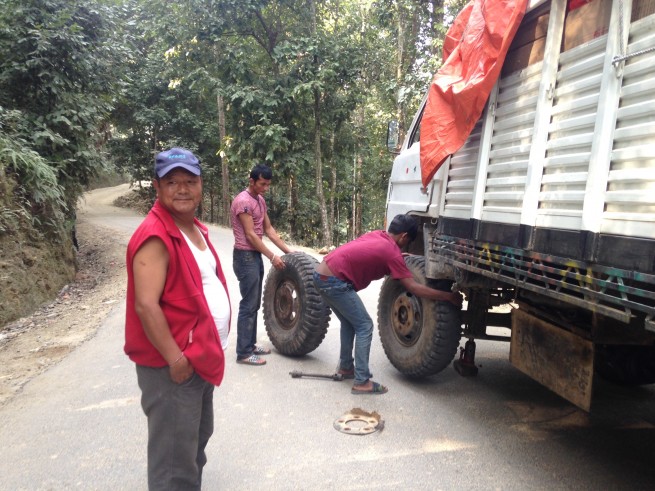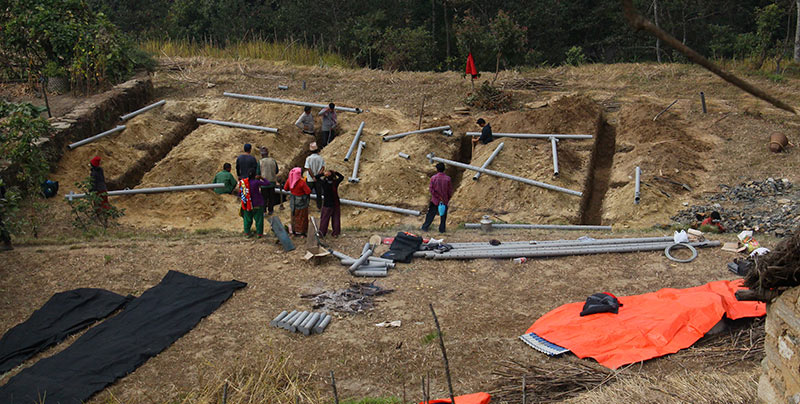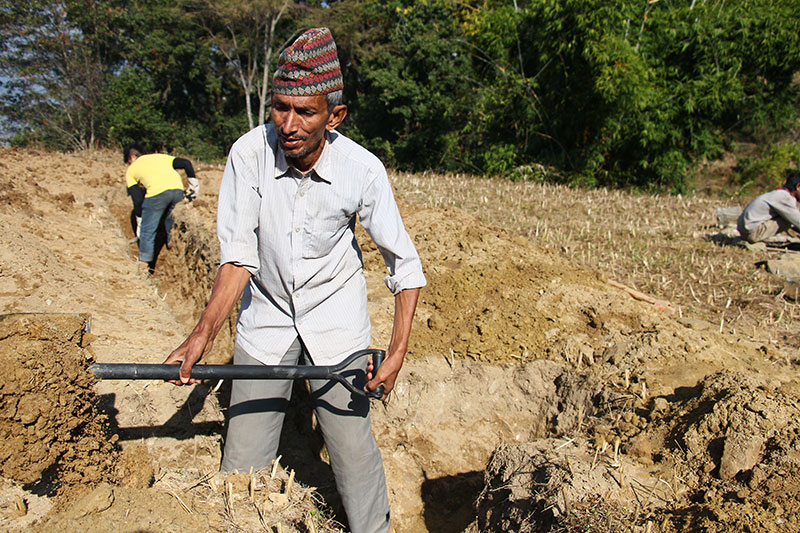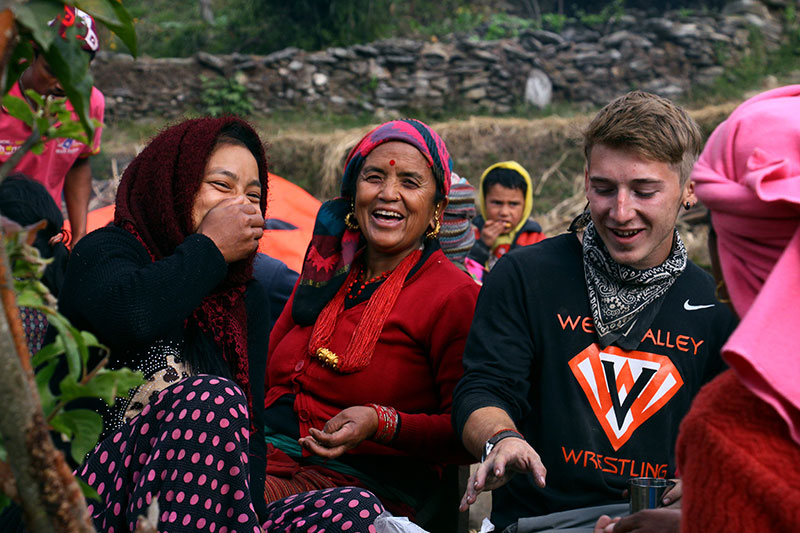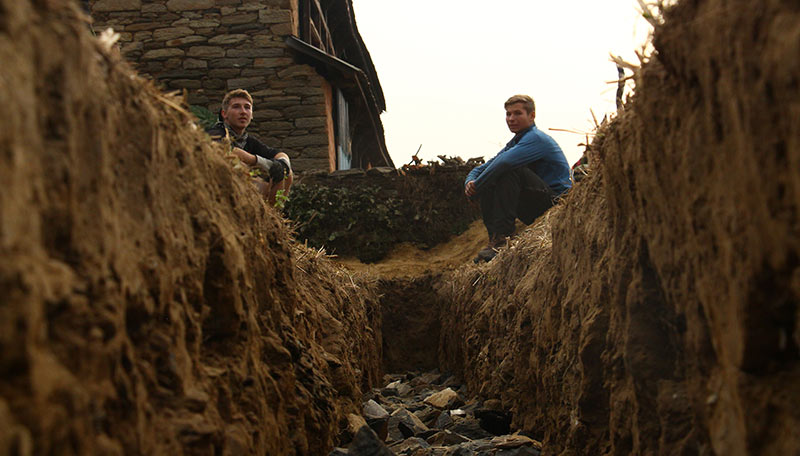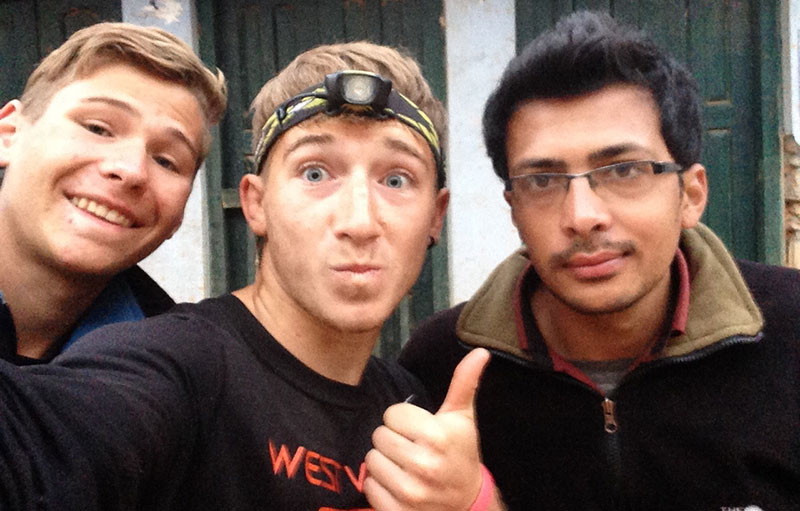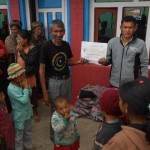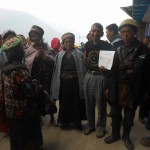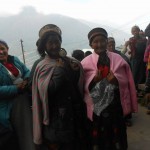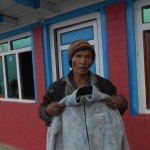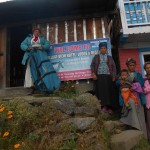Our apologies for being somewhat remit on our blogging lately! Our intentions, I assure you, where not to keep you in the dark, and our recent online absence was certainly not due to a lack of entertaining and important material. On the contrary, in the past several months we have encountered enough strange, thrilling, stressful, and outrageous, scenarios to fill an entire book!
Hindsight, as always, reveals many consequential mistakes, and unobserved details here and there which, had they been utilized, would have eased our way. Looking back now, it still amazes me that everything more or less came together in the end. The future may show that other, less forgiving mistakes were made, yet, at this moment and with my current perspective, I am incredibly proud of the work which our amazing CCF team has relentlessly put into its projects. Moreover, the success we have to show for this work is truly astounding. But I’m getting ahead of myself… before I dive into the process of our re entry and the chaos since, this work and the subsequent results warrant a detailed description in themselves.
To begin, let me give a little background: As those of you who attentively follow our blog will know, in the end of October, Denise Attwood, Ric Conner, Sita Gurung, Grant, and I all converged in the village of Dadagaun: home of Baseri Clinic. In our brief visit, it became clear how important the clinic was to the villagers of not only Dadagaun, but those from Majuwa, Bhudathum, Dadje, Barlang, and Kattike as well. Seeing the emotional attachment and ownership that these people clearly felt towards their clinic was remarkable, it left no doubt that the Baseri Clinic would have to be rebuilt, and rebuilt but better than ever before. Yet in doing so, we would have to begin from square one: new land would have to be purchased, new supplies obtained, and a new clinic built with an earthquake resistant method.
In recent months, through the superhuman effort of Sita Gurung, and in yet another volume’s worth of trials and tribulations, CCF successfully obtained a beautiful 8183.8 Square foot plot of land which will serve to house the Baseri Clinic 2.0! Our initial thought had been to reconstruct the Clinic out of a new, earth friendly and earthquake resistant alternative building technique known as earthbag. Over the course of the past two and a half months, we had talked with experts, attended classes, and even spent close to ten days studying this method of construction on site, all to the point where the entire Board of CCF was chomping at the bit to see this earthbag in action. However, before we committed to something as drastic as the construction of a seven room primary health care facility, we needed to know that this was a viable building method for a village as remote as Baseri. To put this question to the test, it was decided that CCF would fund the construction of two model homes in Baseri out of earthbag, running it through the proverbial gauntlet so to speak. Our goals with this project were threefold: 1, to provide two young families with a safe and comfortable home, fit for village life. 2, to provide the villagers from Baseri and neighboring villages the chance to practice building, and potentially imitate, a reliable, earthquake resistant construction method. 3, to determine the viability and cost of earthbag as a building material in remote locations such as Baseri and thus determine its applicability as the construction method for our clinic.











